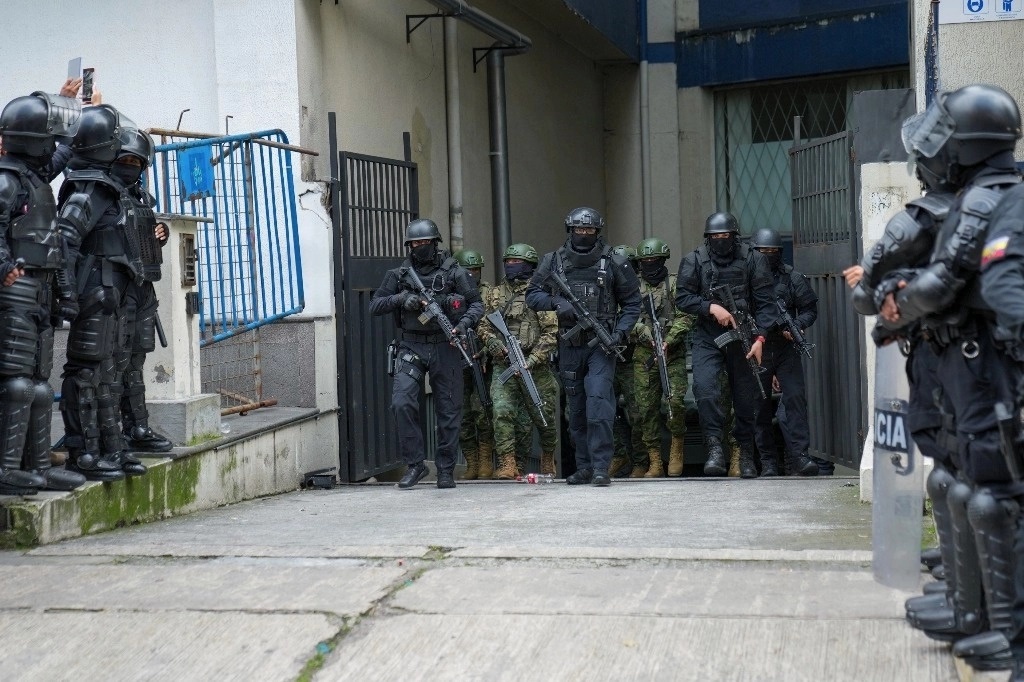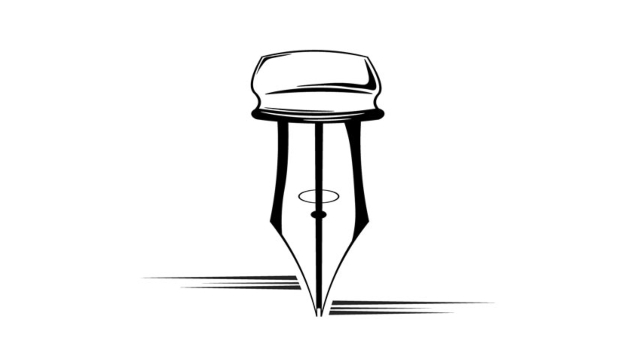The story “The Lesson of History”, published in 1949 by the English scientist and writer Arthur Charles Clarke, famous for laying the foundations of communications satellites in geostationary orbit, in his honor named Clark’s orbit, just like an asteroid and a dinosaur. named after him. He is also known for being the co-writer with director Stanley Kubrick for the cult film, released in 1968, “2001: A Space Odyssey.” A screenplay they wrote from a story written by Clarke himself, “The Ranger.” Clark also writes a novel for the tape.
Notably, the film, due to its innovative special effects and scientific realism, so-called conspirators claimed that Stanley Kubrick had been hired by NASA to create a montage because man had never reached the moon and everything was done in the Nevada desert. The government stated that the moon trampled on it in 1969, a total of six times.
A “history lesson” of the science fiction genre. The text begins by describing a colossal catastrophe, the continents of the Earth froze, and a global glaciation occurred: “No one remembers when the tribe began their long pilgrimage, the land that was their first home was like a dream.” Shan and his tribe, who fled south in an attempt to avoid the glaciation coming from the north, saw the From the top of a mountain it said: “There was no way forward. Through all the years of flight, the southern glaciers advanced to meet them. They would soon be crushed by the shifting ice walls.”
Tellingly, we have already experienced it in real life, let glaciology tell us about this phenomenon: the Ice Worm, also called the Ice Age, is the last glacial period that occurred in the geological history of the Earth. It started about 110,000 years ago. In this period, ice caps occupied large areas of the Earth’s surface, the climate worldwide cooled and the surface of the oceans and seas decreased. Archaeological and genetic data tell us that humans live in areas of sparse forests. It ended around 9700 BC, giving way to the Holocene, the current temperate climate period.
With this data, let’s go back to the story, Shan and her children knew that no one would be saved, the end came: “They took the treasures of the sacred tribe to the secluded hill. No one understood them. They belonged to a civilization that only remained in memory.” They were: world atlas, sheet music for Sibelius’ Seventh Symphony, printed AD 2371, set of gold and platinum coins, broken telephone lens, wristwatch, cold light lamp, microphone, blade electric shaver, some small radio tubes, lighter from a spaceship From 1985 AD. C – a small capsule of an active radioactive element that emits energy and a round, sealed, flat canister. After this, all life is gone.
And so the centuries passed until a Venusian ship detected some radiation from orbit, went down to Earth, rescued the treasures, and took them back to its planet.
After several generations of sages, Venusians finally quoted the best of what they found on Earth: “Half of the scholars were in the water, their beautiful reptilian bodies gleaming in the sunlight.”
Someone told that humans were very smart and had advanced things, but what caught their attention the most was a transparent plastic material, if shown, the small pictures would move. They did, they all saw two-footed beings with two arms, got involved in violent situations with other beings or machines collided with each other, they thought they were going to die, but none of them appeared injured. They concluded that this is the exact life of the inhabitants of the third planet. The show ended with the words: One of Walt Disney’s works.
Hugo J. Freire

“Social media evangelist. Student. Reader. Troublemaker. Typical introvert.”




:max_bytes(150000):strip_icc()/TOUTQuiqueUsales-d41036a5131a4c4187c7b8e363c2018a.jpeg)


More Stories
Japanese ancestral ritual that is an effective and quick cleaning method: in 15 minutes organize your home and help emotional well-being
The City of Arts and Sciences of Valencia presents the first public exhibition of Pablo Achugarry in Spain
The Aragon Institute of Health Sciences will have a health data office